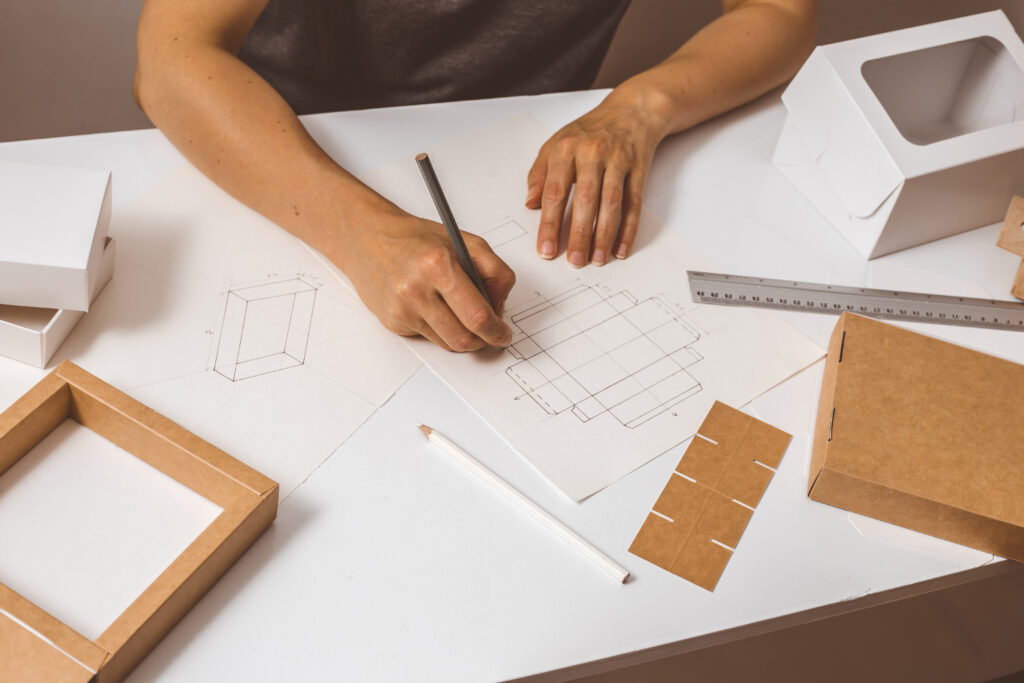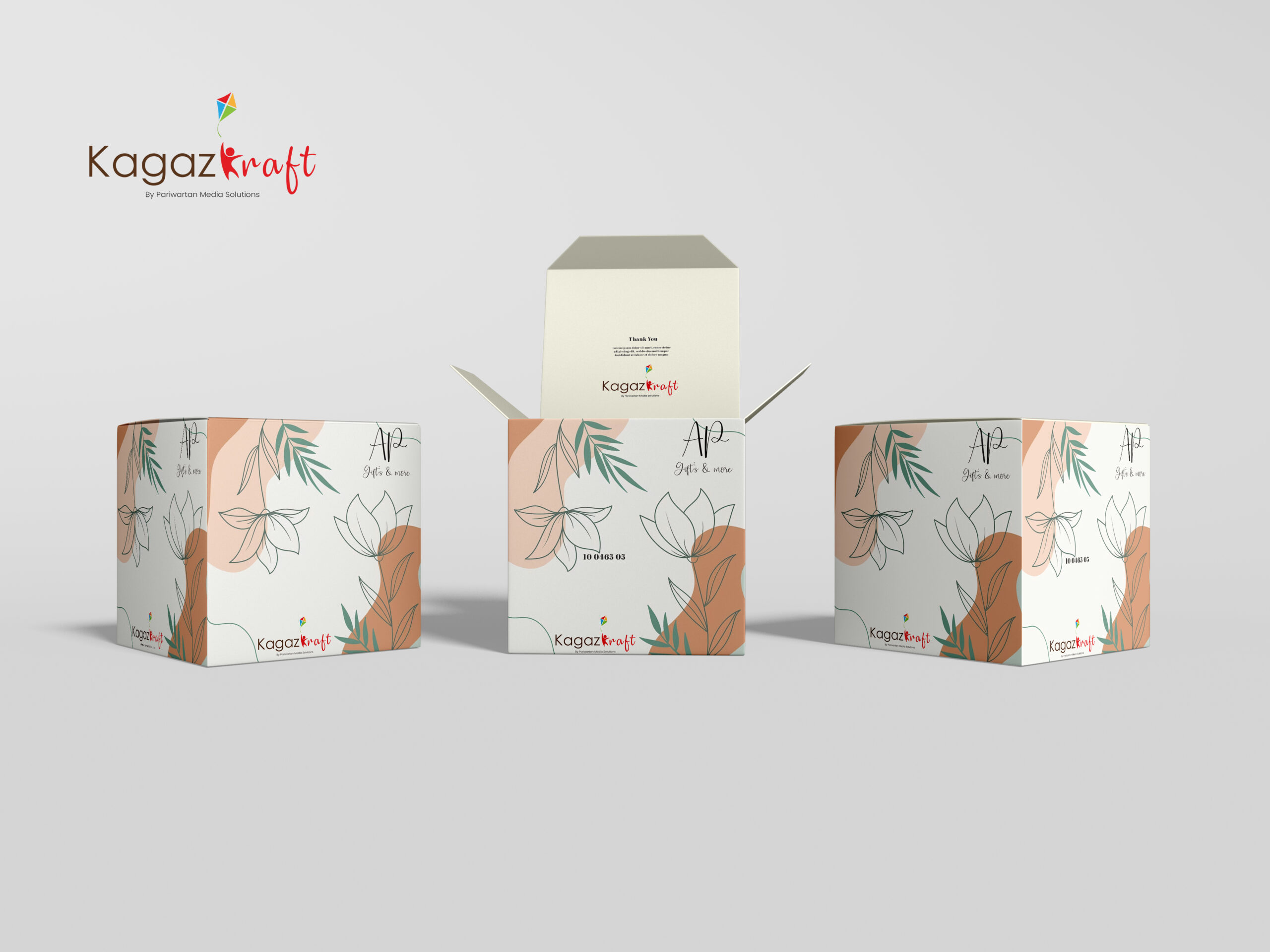
The product box packaging journey of a printing and packaging company involves several key stages, from conceptualization to the final delivery of the packaged product. Here is an overview of the typical steps involved:
Product box Packaging Journey starts from:
1.Client Consultation:

The journey begins with a client consultation to understand their packaging needs. This involves discussing the product, target audience, branding requirements, and any specific design preferences.
2.Design and Conceptualization:

Graphic designers and packaging experts work together to create concepts that align with the client’s vision. This includes considering the size, shape, and material of the packaging
3.Material Selection:

Based on the design requirements, the packaging team selects suitable materials. This could include various types of paper, cardboard, plastic, or other eco-friendly materials
4.Product Box Prototyping

Prototypes are created to give the client a tangible representation of the final product. This allows for adjustments and improvements before mass production.
5.Printing:

Once the design is finalized, the printing process begins. High-quality printing techniques, such as offset printing, digital printing, or flexography, are used to ensure vibrant and accurate reproduction of the design.
6.Cutting and Finishing:

After printing, the packaging is cut into the desired shape and size. Additional finishing processes, such as lamination, varnishing, or embossing, may be applied to enhance the visual appeal and durability of the packaging
7.Assembly and Folding:

The flat sheets of printed and cut materials are then assembled and folded into the final packaging structure. This stage requires precision to ensure that the packaging is sturdy and functional.
8.Quality Control:

Stringent quality control measures are implemented to check for any defects or imperfections in the printed and assembled packaging. This ensures that the final product meets the client’s specifications and industry standards
9.Packing and Shipping:

The finished packaging is carefully packed to prevent damage during transportation. Depending on the client’s needs, the packaging company may handle the shipping logistics to deliver the products to the designated locations.
10.Feedback and Iteration:

After the packaging is in use, feedback from the market and clients is collected. This feedback is valuable for making any necessary improvements or adjustments for future packaging projects.
Throughout this journey, the printing and packaging company works collaboratively with the client to bring their vision to life while ensuring that the final product meets quality standards and market expectations. Continuous communication and a commitment to innovation are key factors in a successful packaging journey.
Related Posts

Brochure Marketing Strategies: How to Maximize Impact and Reach Your Target Audience
Brochure Marketing Strategies: How to Maximize Impact and Reach Your Target Audience In the ever-evolving landscape of digital marketing however,

Choosing the Right Brochure Format for Your Business: A Comprehensive Guide
Choosing the Right Brochure Format for Your Business: A Comprehensive Guide In the dynamic landscape of business marketing, brochures remain

The Art of Packaging: How Product Boxes Impact Brand Perception
The Art of Packaging: How Product Boxes Impact Brand Perception In the competitive landscape of business, where first impressions matter,

A Guide to Design Your Custom Product Box From Concept to Creation
From Concept to Creation: A Guide to Design Your Custom Product Box Crafting a custom product box that not only

Unleashing Creativity: Customized Stickers for Printing Services
Unleashing Creativity: Customized Stickers for Printing Services In a world where first impressions matter, the shape and design of stickers

How to create Custom Product Packaging Label Design
how to create Designs for Custom Product Packaging Label In the competitive world of product marketing, the importance of effective
